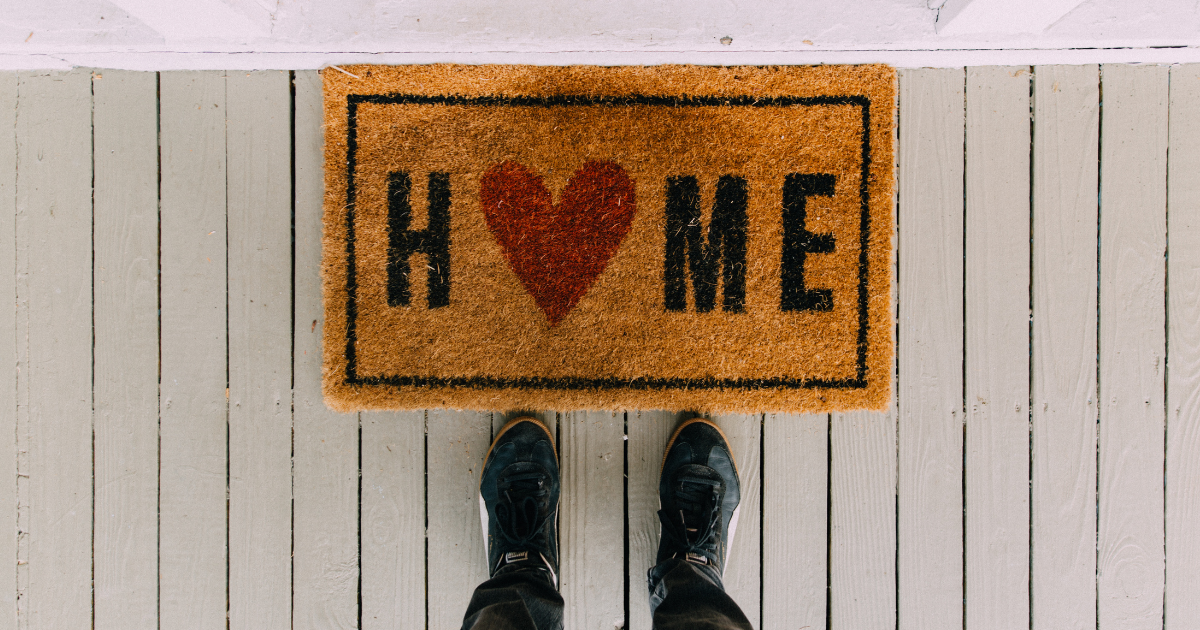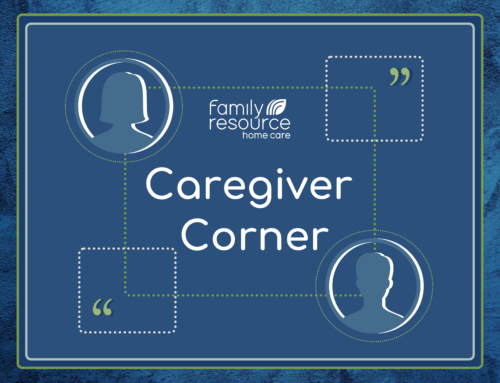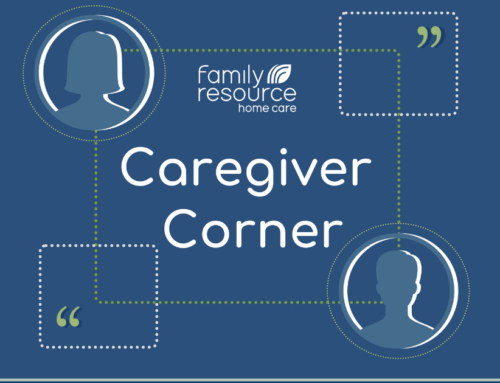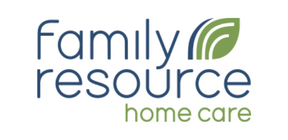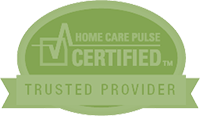What does shelter in place mean?
Shelter in place is a measure to encourage ‘social distancing’. You’ve undoubtedly heard this term a thousand times, but what does it mean? Social distancing is perhaps better described as physical distancing. It is aimed at avoiding settings where you may be in tight quarters with other people, especially crowds.
Because this virus lingers in the air, avoiding group settings is the key to slowing the spread. For some, this isn’t a big deal. But for others, who need care on a daily basis to assist with crucial daily activities, this is a little more tricky. Those residing in assisted living facilities are especially at risk. They are of the vulnerable age and health demographic, and need the care they receive to continue in order to function normally.
Nursing homes and assisted living facilities are crucial to many people. According to the CDC, many as 4 million Americans live in skilled nursing facilities, but because they are in such high demand, they come with some drawbacks. The most significant of which are residents live, eat, and convene in close quarters. In situations like the coronavirus pandemic, once an infection starts in shared living spaces, it tends to spread very rapidly.
Home is the best place for healing
Home Care is an Essential Service. It is also the safest way for seniors and others to receive care, as it limits potential exposure to this virus. It’s long been known that people acquire fewer infections and disease, are happier, and recover better from the illness in their own homes. Those who receive home care also experience less loneliness, have fewer falls, hospitalizations, medication errors, exacerbation of chronic conditions, fall prey to fewer scammers, and can remain more positively engaged in life by continuing activities that fulfill them but require a little help to do so.
Seniors may become even more vulnerable when afraid to leave the house once crucial supplies like food or medications begin to deplete. Having a caregiver who can go shopping or run errands outside significantly decreases the risk of vulnerable individuals contracting the virus from visits to stores, and ensures they have the essentials they need. With home care, they can remain safe and comfortable at home without the devastating effects of isolation, as well as inherently receiving companionship services, which is crucial for every single person in quarantine during this time.
Live-in care is truly the safest option for both the client and caregiver during a pandemic such as this, given that exposure to other people is most limited. Yet, the vast majority of clients in home care don’t need around-the-clock care and they can benefit from just a handful of support hours per week that, on average, save them more than half the cost of living in a congregate facility.
Given this affordability, the ability to scale up hours over time as the need rises, and the fact that most want to age in place, home care is the safest option for seniors or health-compromised individuals to receive the care they need during this crisis.
Learn more about Family Resource Home Care’s Live-In and other In-Home Care Services. Call or Contact Us today for a free phone consultation and in-home assessment.

